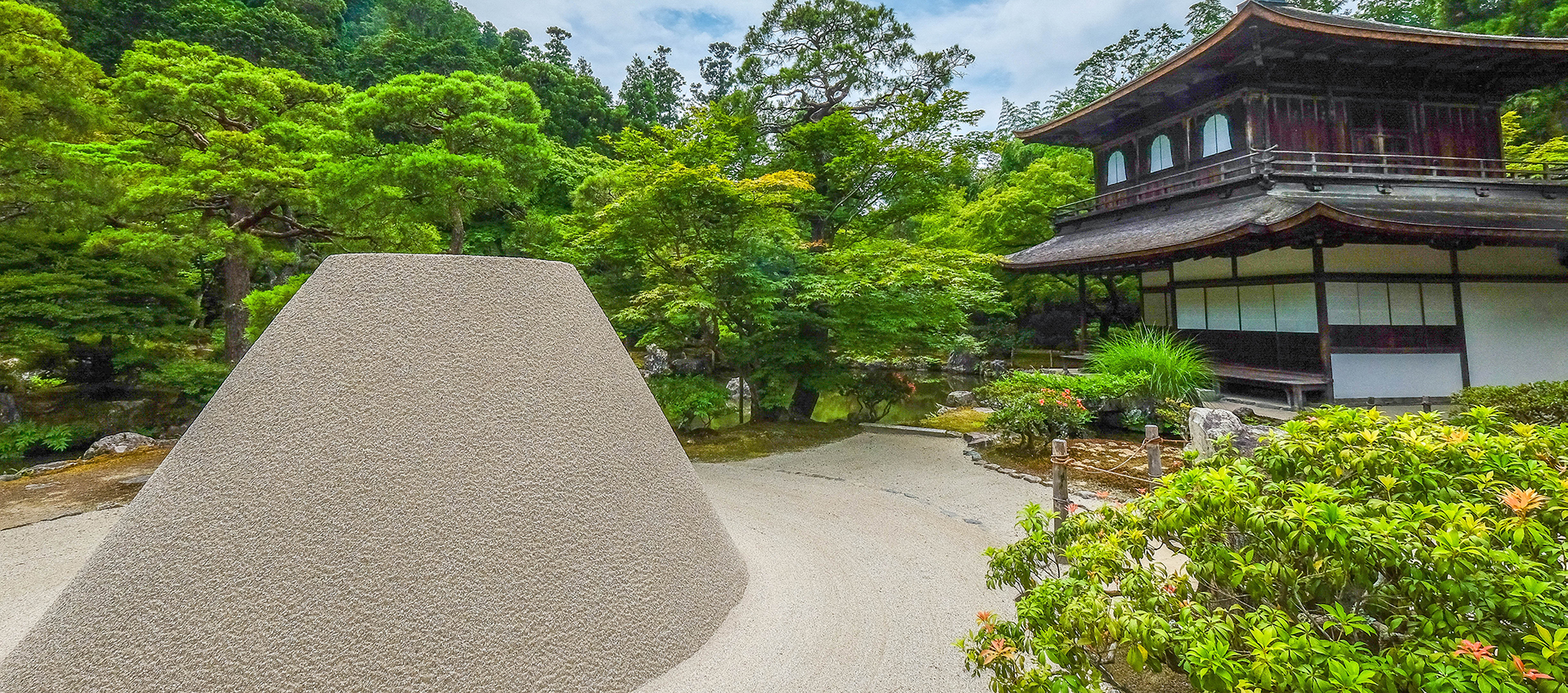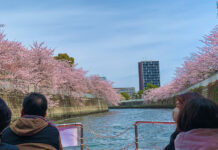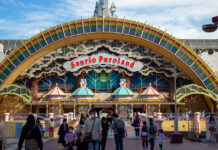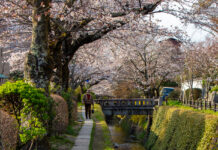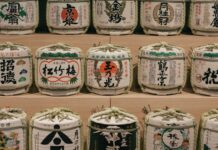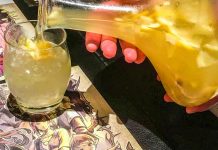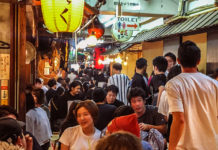With approximately 1600 temples (Silver Pavilion etc), 400 shrines (Yasaka Shrine), 5 castles (Nijo Castle etc), and numerous other picturesque sites, Kyoto offers enough to keep sightseers occupied for weeks. If you’re on a tighter schedule, however, it’s also possible to tackle the city in a day. That’s precisely what we did on the third day of our cross-Japan trek. After our evening arrival in Kyoto, we had the better part of one day to see as many Kyoto sights as possible before our five o’clock train.
Arashiyama in Kyoto
Our hostel was on the western edge of the city, so the nearby tourist district of Arashiyama seemed like a good start to our day. Arashiyama’s stunning scenes have appeared in poems and woodblock prints for more than 1300 years. Today it appears just as often in the social media feeds of tourist. You could easily spend a day here, trekking through the bamboo grove or taking in the wildlife at the Iwatayama Monkey Park. With limited time, we settled for a view of the lush mountain forests and the vast Oi River from the Togetsukyo Bridge.
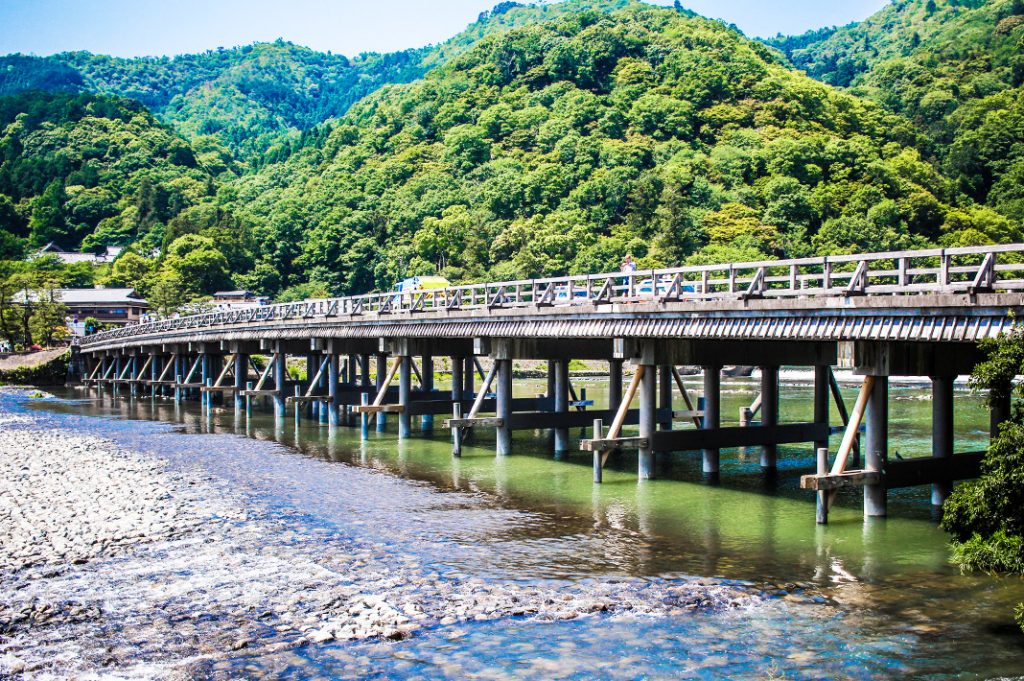
On the way back to the station, we stopped in at the Tenryuji temple. This temple belongs to the Rinzai Buddhist sect, and is a UNESCO World Heritage site. The temple dates back to the 14thcentury. It features historically significant architecture, the tombs of former emperors, and an iconic image of the cloud dragon. Visitors can pay for access to the temple itself or simply visit the Zen gardens beside it.
Getting to Arashiyama is simply a matter of taking the JR Sagano/San-in line to Saga Arashiyama station. From there you can walk to most of the famous sites, grab a bus, or even hire a rickshaw for a fee.
Nijo Castle in Kyoto
After Arashiyama, we took the subway over to Nijojo-mae station and exited out into Nijo castle. The Tokugawa Shogunate built Nijo Castle in 17thcentury, and it is one of the 17 Historic Sites of Ancient Kyoto. Recently renovated, it now offers a better view of what the castle looked like in its heyday. The fortified castle interior was designed to protect the Shogun at all costs. Particularly surprising are the Nightingale Floors, which squeak and creak underfoot. These floors ensured that nobody ever snuck up on the shogun and high-ranking officials. Nowadays, the castle often hosts festivals and events in the surrounding gardens. When we visited in April, several food vendors were offering food and drinks for sakura-viewing picnics (hanami). Udon and yakisoba below falling pink petals made for a quick lunch before continuing on to our next stop.
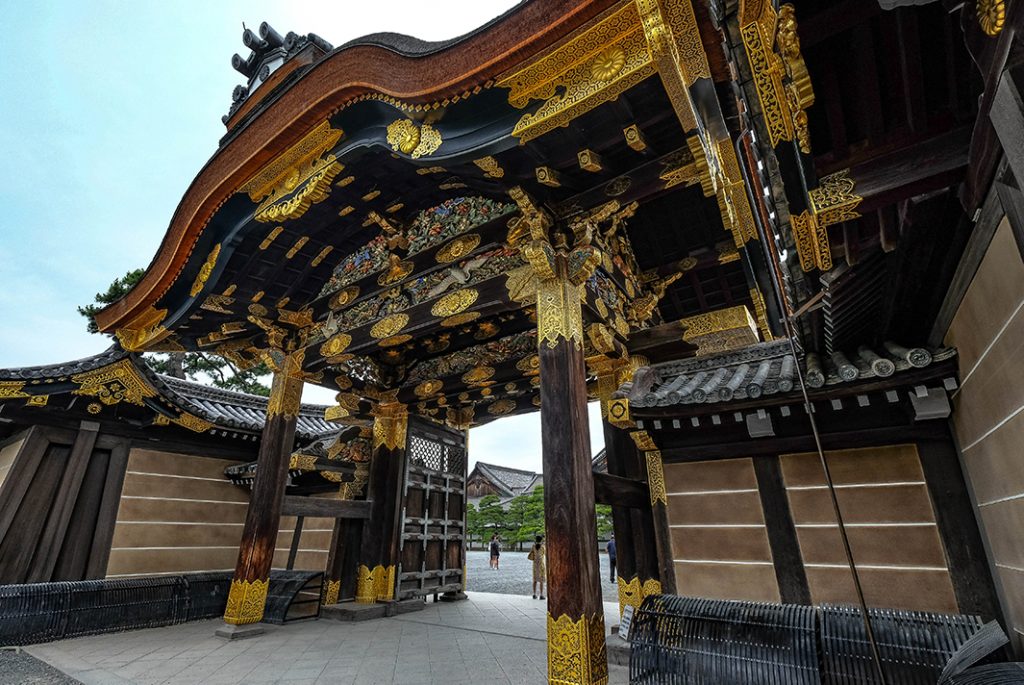
The Silver Pavilion and Philosopher’s Path
The Golden Pavilion gets most of the attention, but its counterpart is also well worth a visit. The shogunate originally built the structure as a retreat but subsequently designated it as a Zen temple. The gardens feature a mound of sand shaped to resemble Mt. Fuji, and the outer edges of the gardens afford a view of both the pavilion itself and the wider city.
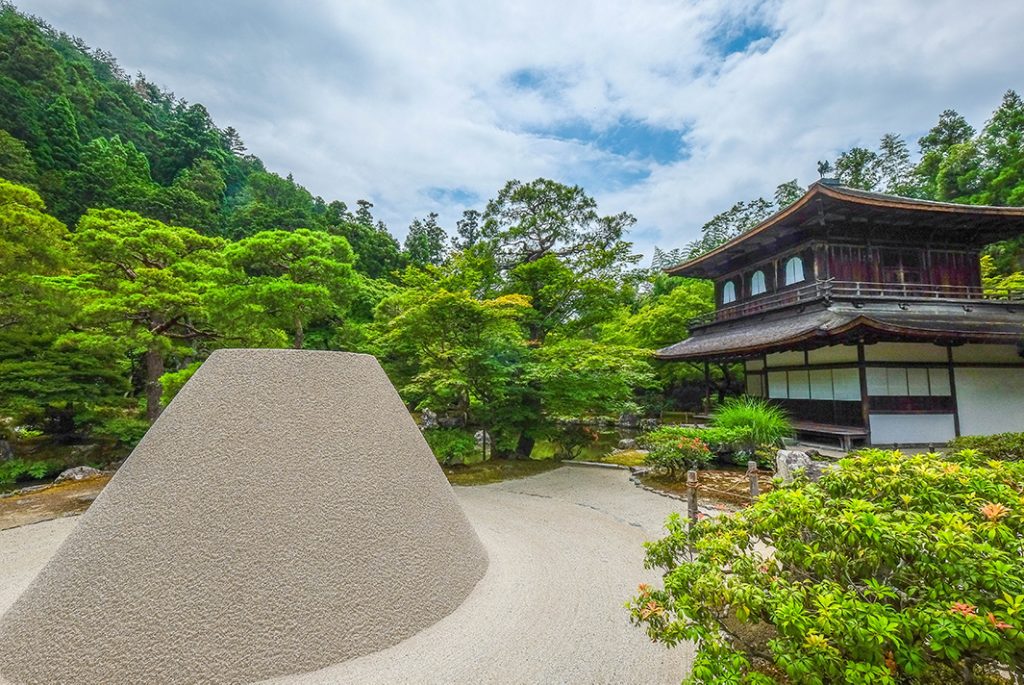
Reaching the Silver Pavilion requires a 35-minute bus ride from Kyoto station. Just make sure you grab the number 5 or 17 bus. Before we could grab the bus, a rain shower broke out, so we opted to take a quick taxi ride instead. Although the Silver Pavilion is a little far from downtown, it does put you close to the entrance of the Philosopher’s Path. This leisurely city walk takes its name from a prominent scholar who visited daily. It continues to afford urban tranquillity, especially in the spring, when the cherry blossoms that line the canal start to bloom.
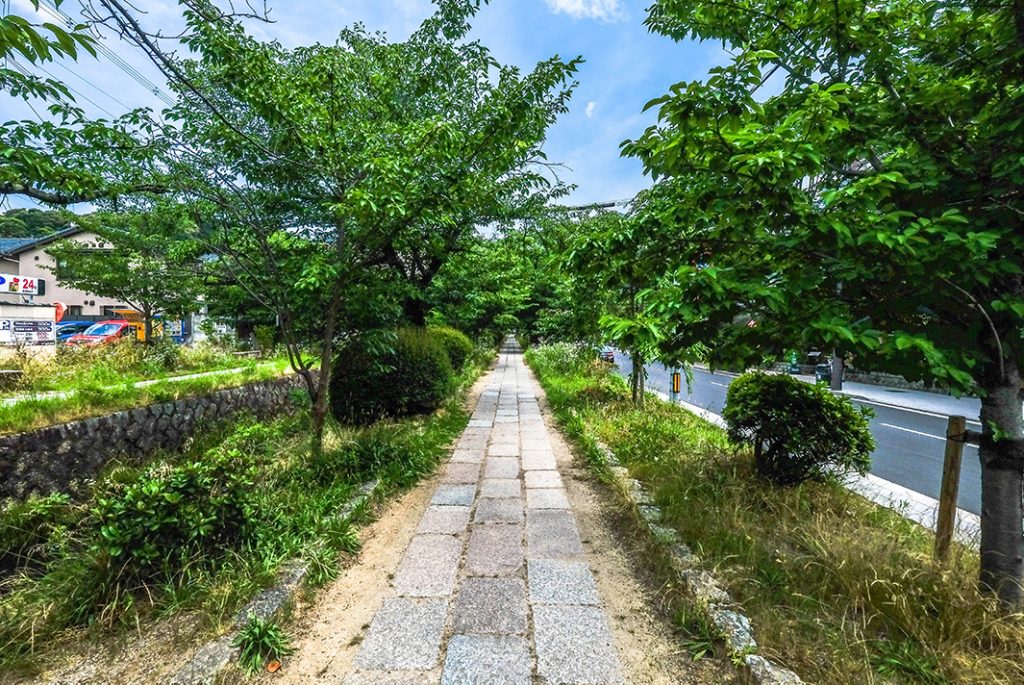
Having followed the Philosopher’s Path back towards the city centre, we stopped for an early ramen dinner. As it approached five, we hurried out of the restaurant before weaving through the crowds of Kyoto station to find our train. We made it aboard just in time and left the old capital behind us.
More information here.
Post by Japan Journeys.



